You’ve heard this before: Give your garden 1 inch of water per week.
But what exactly does that mean? Most people don’t have a rain gauge in their garden and even if they do, it’s hard to judge just how much an inch of water is when it’s falling from the sky.
If you’re trying to determine how much water to give your plants, it helps to know what an inch of water really means. Here’s how you can calculate that.
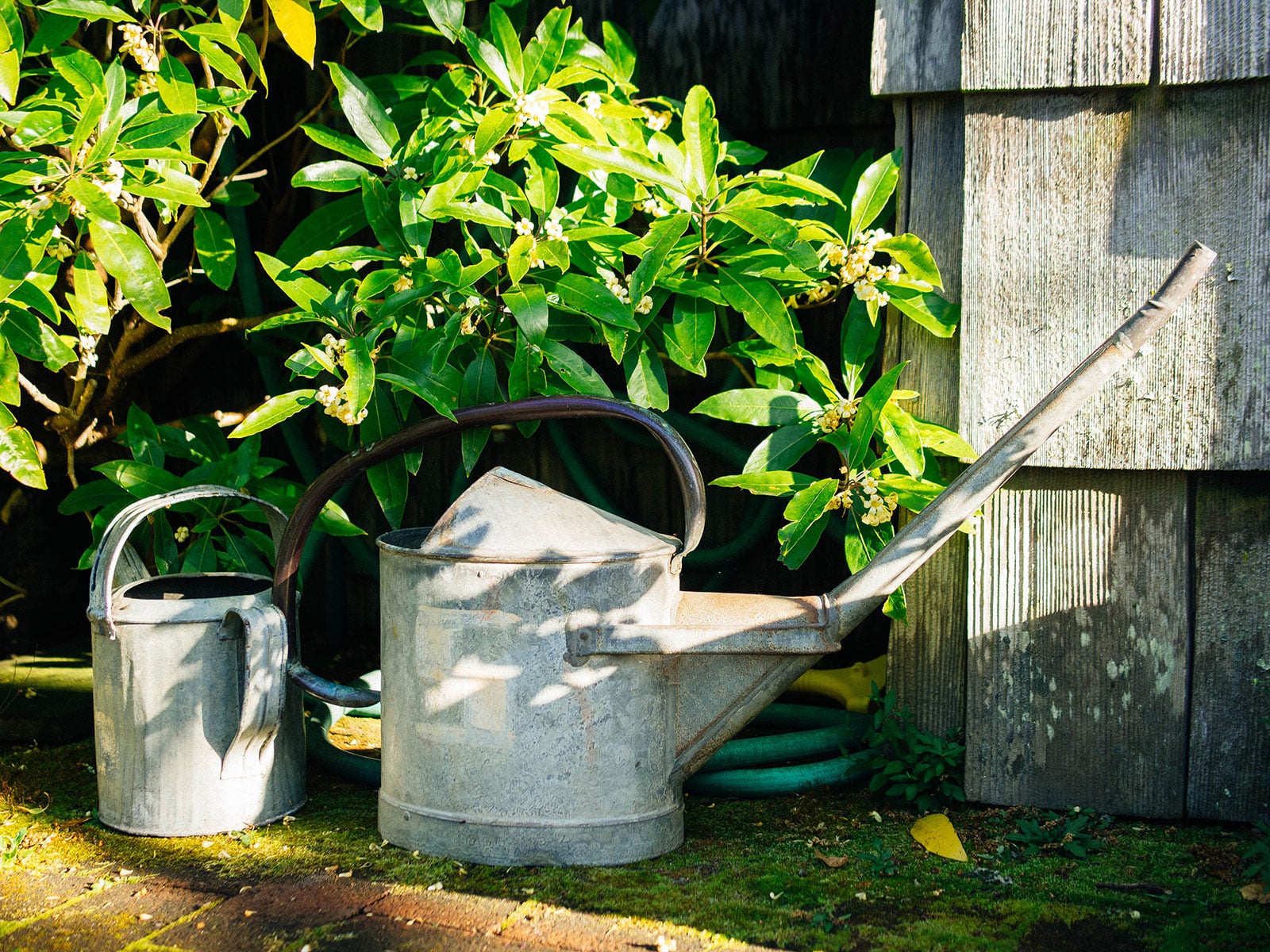
Convert to gallons
Whether you’re using a watering can, garden hose, sprinkler, or drip irrigation system, two measurements will always stay the same:
1 square foot = 144 square inches
1 gallon = 231 cubic inches
Therefore, an “inch of water” is 0.62 gallons per square foot of garden area.
Determine the square footage of your garden area
Unless you use a gallon jug to water a square-foot garden, that number may still leave you wondering how to apply an inch of water to your plants. While the method will vary depending on the type of irrigation used, the total amount of water needed for a given area will remain constant.
So, you’ll need to figure out the size of your garden area in square feet and then multiply the total area by 0.62.
Example 1:
Your garden is 20 feet wide by 25 feet long, so 20 feet x 25 feet = 500 square feet.
Then, 500 ft2 x 0.62 gallons = 310 gallons of water needed for a 500 ft2 garden area.
How long to water with a hose nozzle
Water is typically measured in psi (pounds per square inch) or GPM (gallons per minute). An easy way to convert this into real-life practice is to time how long it takes to fill a 1-gallon bucket with your preferred hose nozzle. Then, divide 60 by the number of seconds it took to fill that 1-gallon bucket. This equals the GPM.
Example 2:
It took 20 seconds to fill a 1-gallon bucket, so 60 ÷ 20 = 3 gallons per minute.
Now, to determine how long you would need to water using the same hose nozzle, divide the total amount of water needed for the whole garden area (from Example 1) by the gallons per minute calculated (from Example 2).
Example 3:
310 gallons needed ÷ 3 gallons per minute = 103.3 minutes of watering
In this scenario, your garden would need to be watered for approximately 100 minutes each week. Ideally, this amount would be broken into two or three watering sessions per week, so you’d need to hand water for about 50 minutes (twice a week) or 35 minutes (three times a week).
Of course, hand watering like this can become tedious in large gardens, so most gardeners usually switch to drip irrigation, soaker hoses, or sprinklers set on timers.
The tuna can test
The “tuna can test” (also called the “catch cup test”) is a simple way to determine how long to run your drip irrigation, soaker hose, or sprinklers to deliver 1 inch of water.
Measuring drip and soaker output
Take an empty tuna can or cat food can (or any 1-inch-deep container with a wide mouth and straight sides) and place it under your drip emitter or soaker hose.
Run the irrigation for 10 minutes, then grab a ruler and measure the water depth in the can. If your irrigation filled the can with 0.25 inch of water, for example, you’ll know that you should run the irrigation for 40 minutes to deliver 1 inch of water. (Ideally, this would be divided into two or three watering sessions each week.)
Measuring sprinkler output
Since sprinklers don’t always water evenly over an area, you don’t want to inadvertently underwater or overwater your garden. So, conduct the test by placing several empty tuna cans randomly throughout the garden area where the sprinklers should hit.
Turn the sprinklers on for 10 minutes, then measure how much water collected in each can. You’ll calculate the average from these cans.
Example 4:
Three cans were placed in the garden and collected the following amounts of water in 10 minutes: 0.5 inch, 0.75 inch, and 0.75 inch.
(0.5 + 0.75 + 0.75) ÷ 3 = 0.67 inch of water every 10 minutes
With this data, you can confidently calculate how long to run your sprinklers at each session to deliver approximately 1 inch of water each week.
Quick tip
While “1 inch of water” is a common recommendation, not all plants require 1 inch of water, and many factors (including plant type, soil type, and climate) impact the accuracy of this very general gardening rule. That’s why I designed a plant watering calculator to help you determine exactly how much water your plants need.


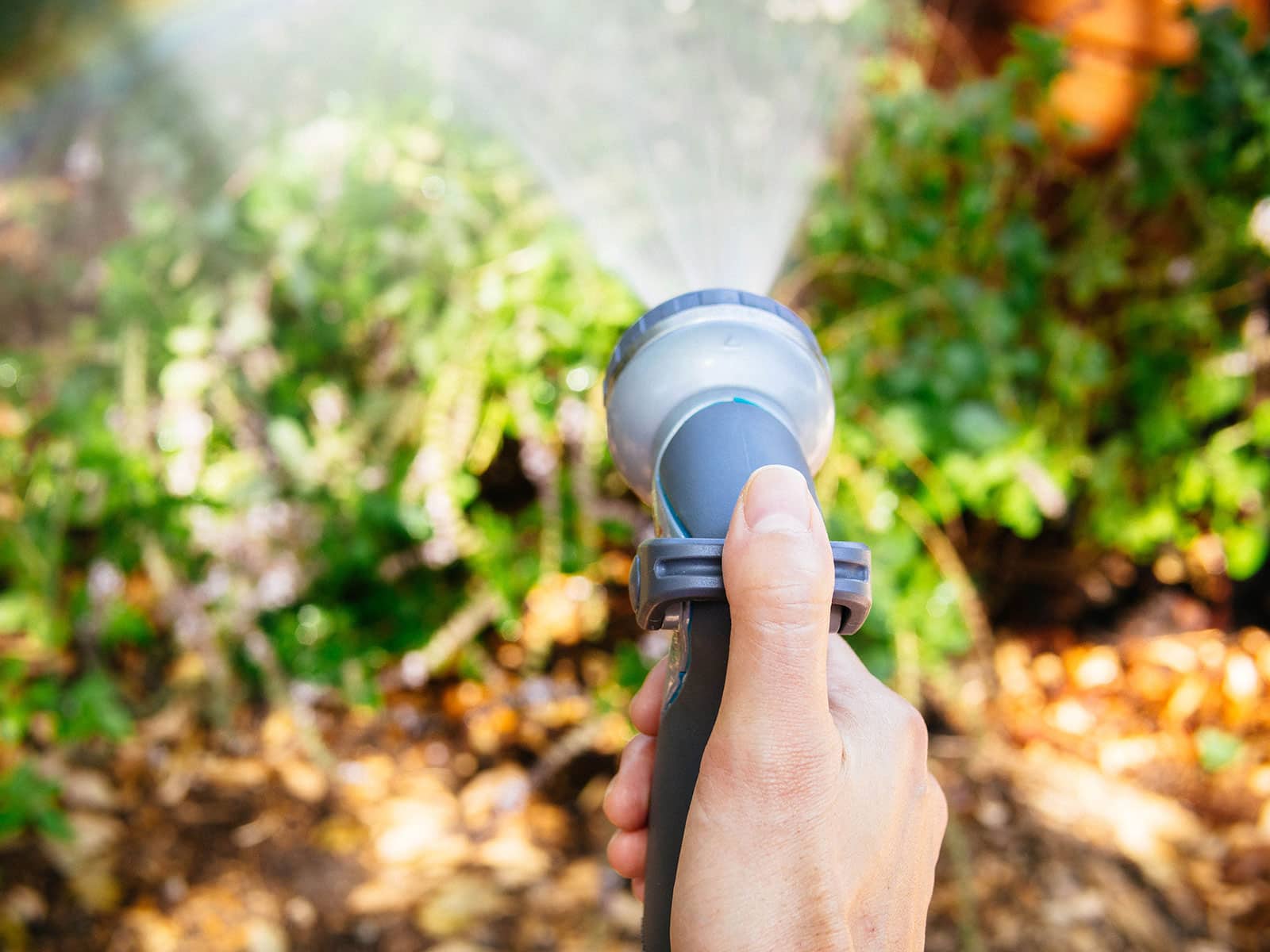
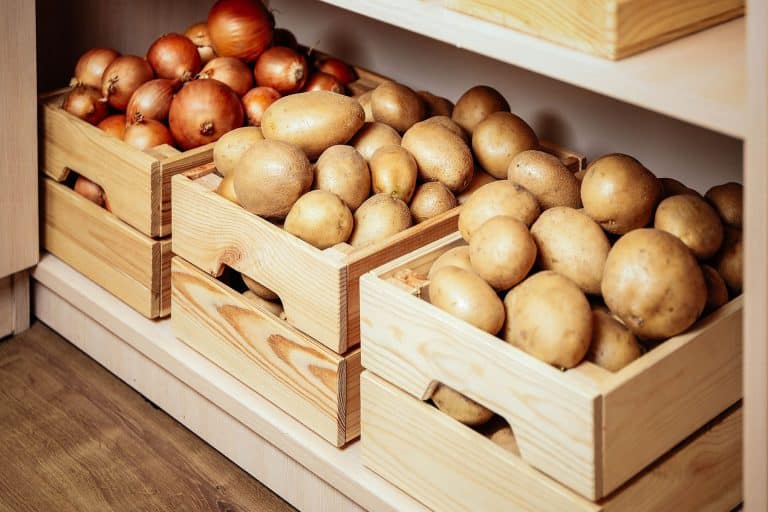
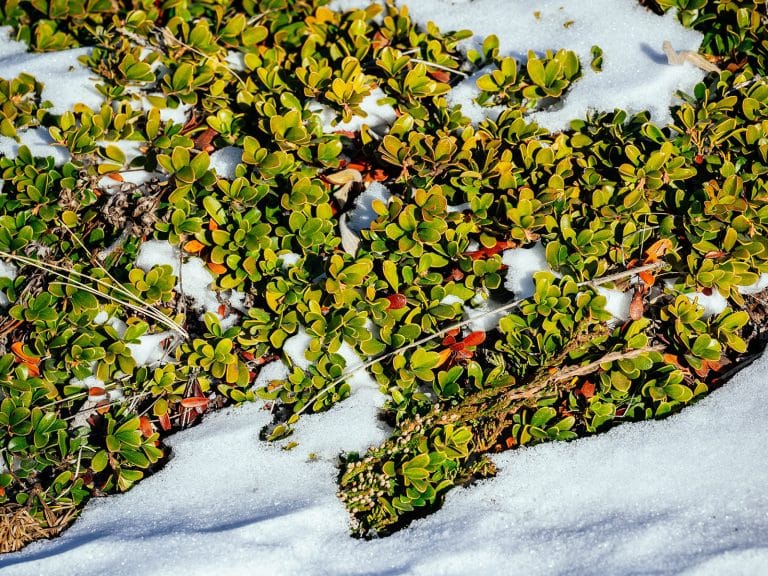
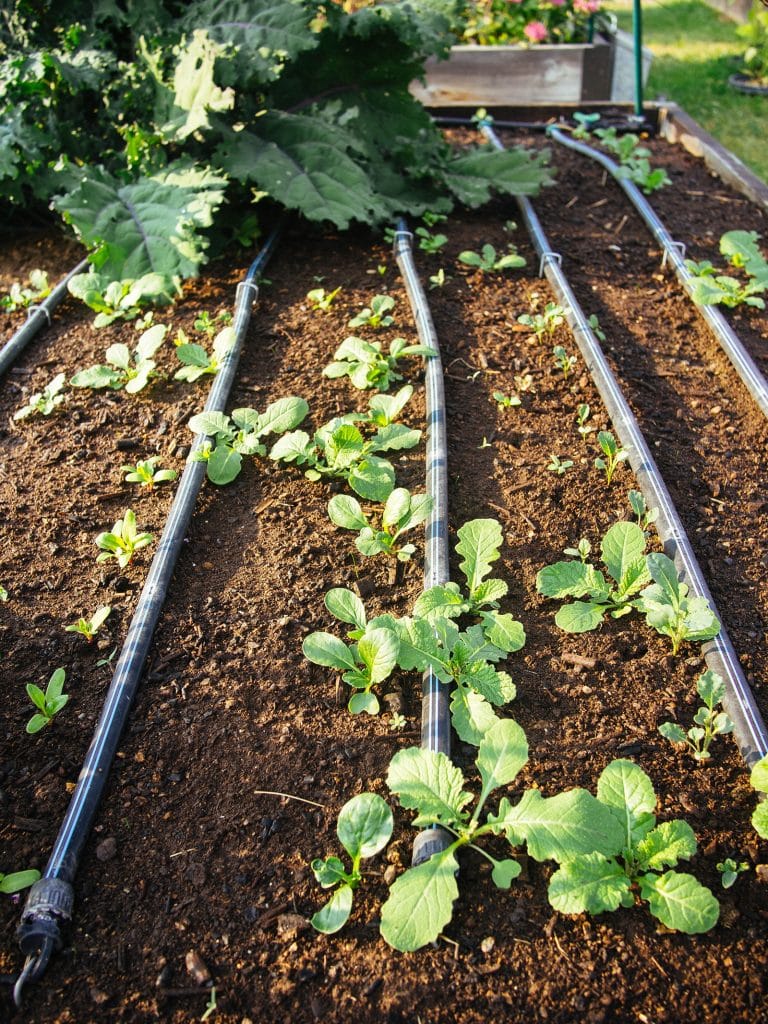
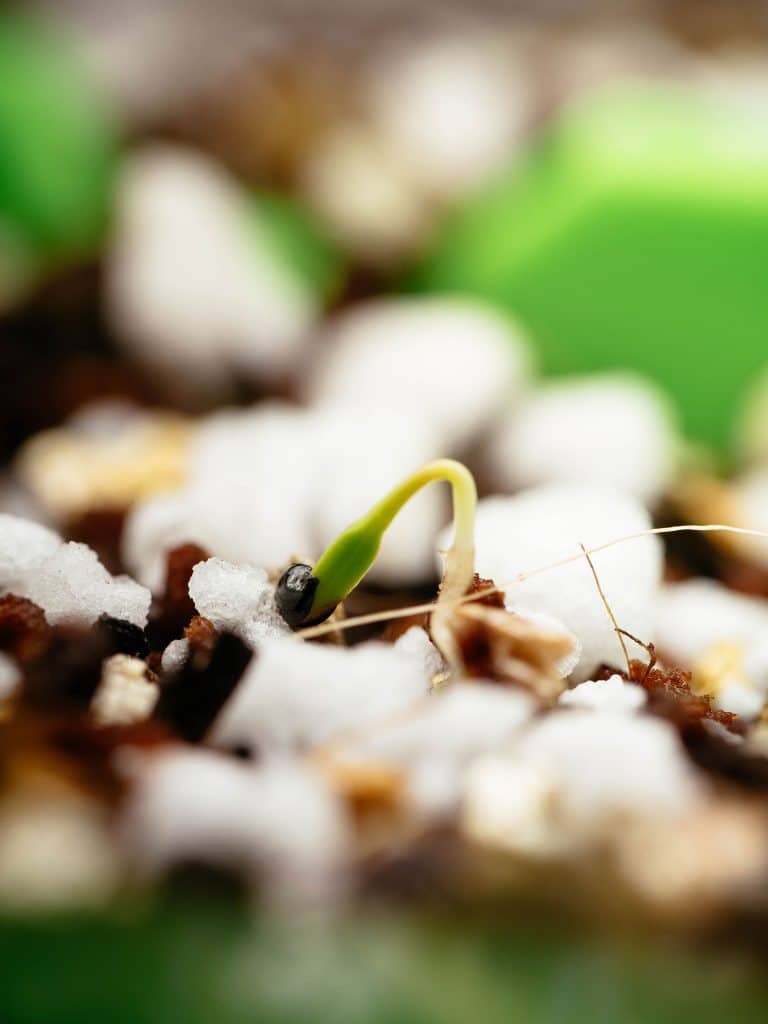
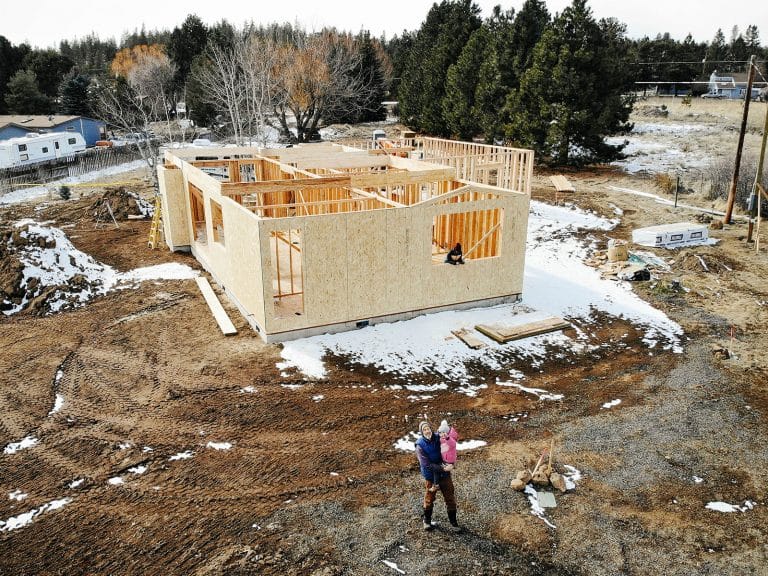
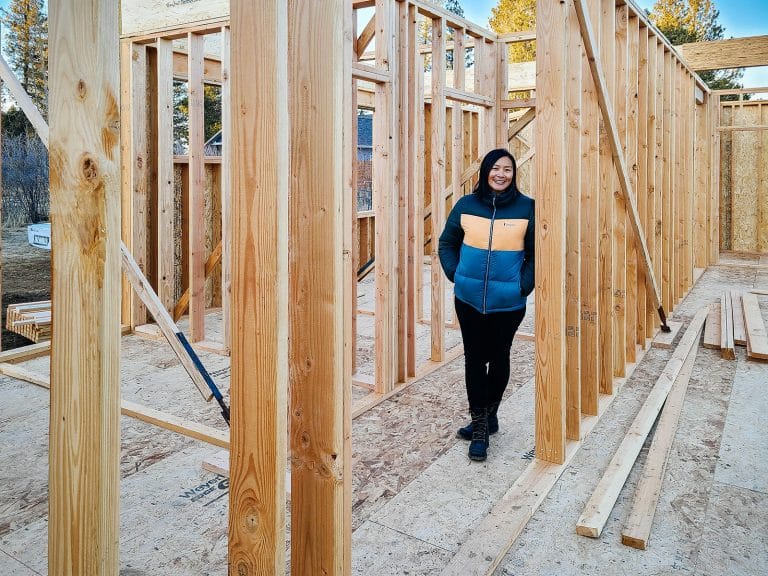
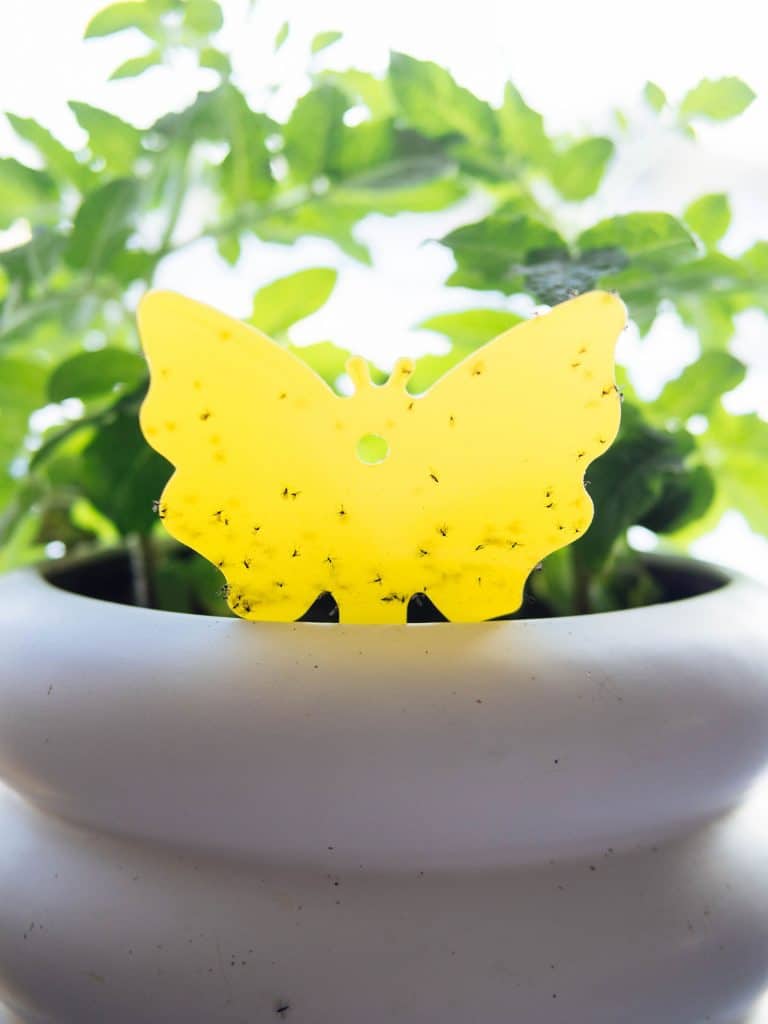
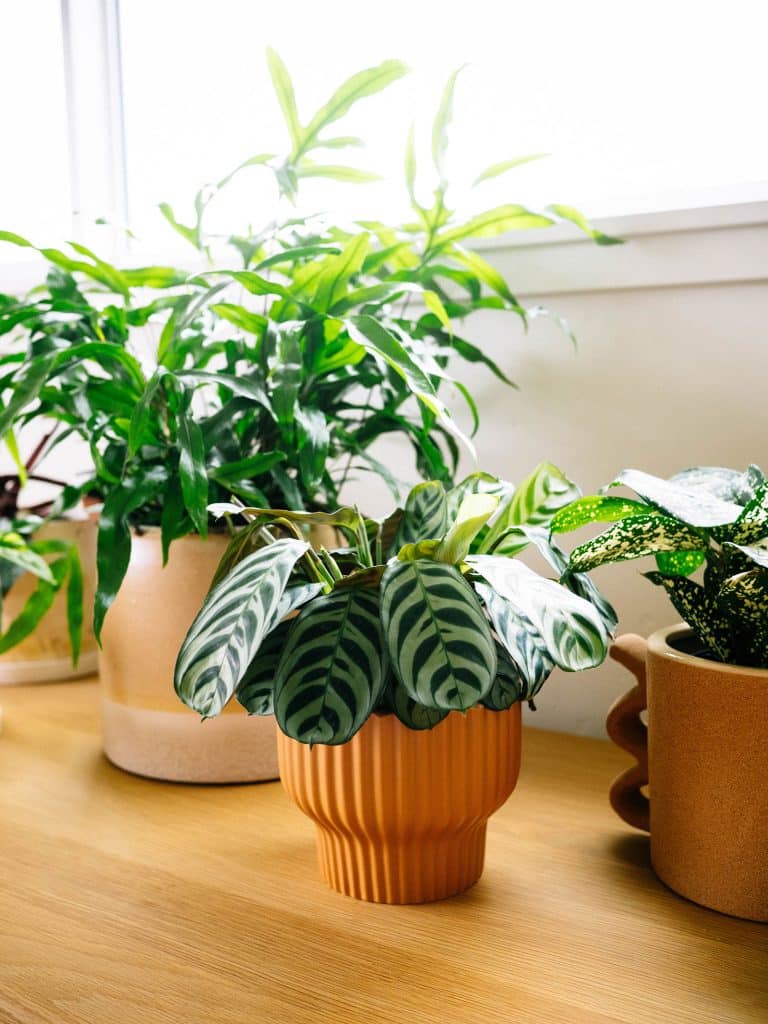
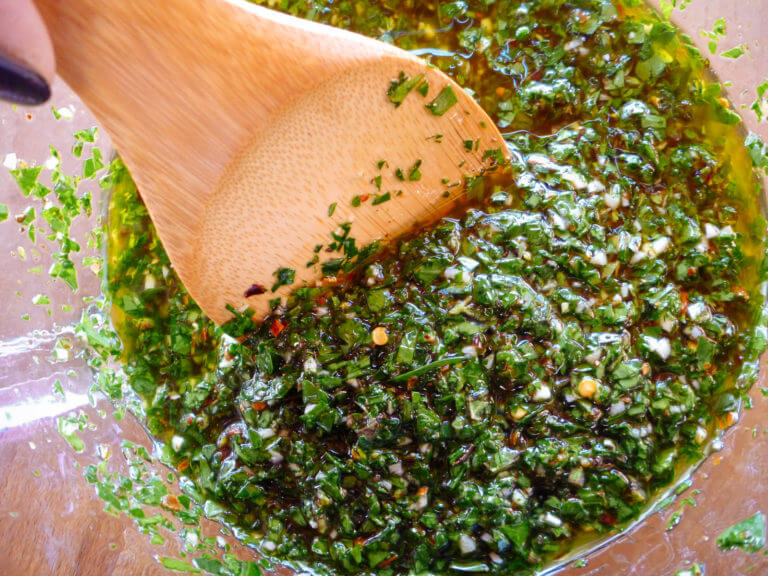

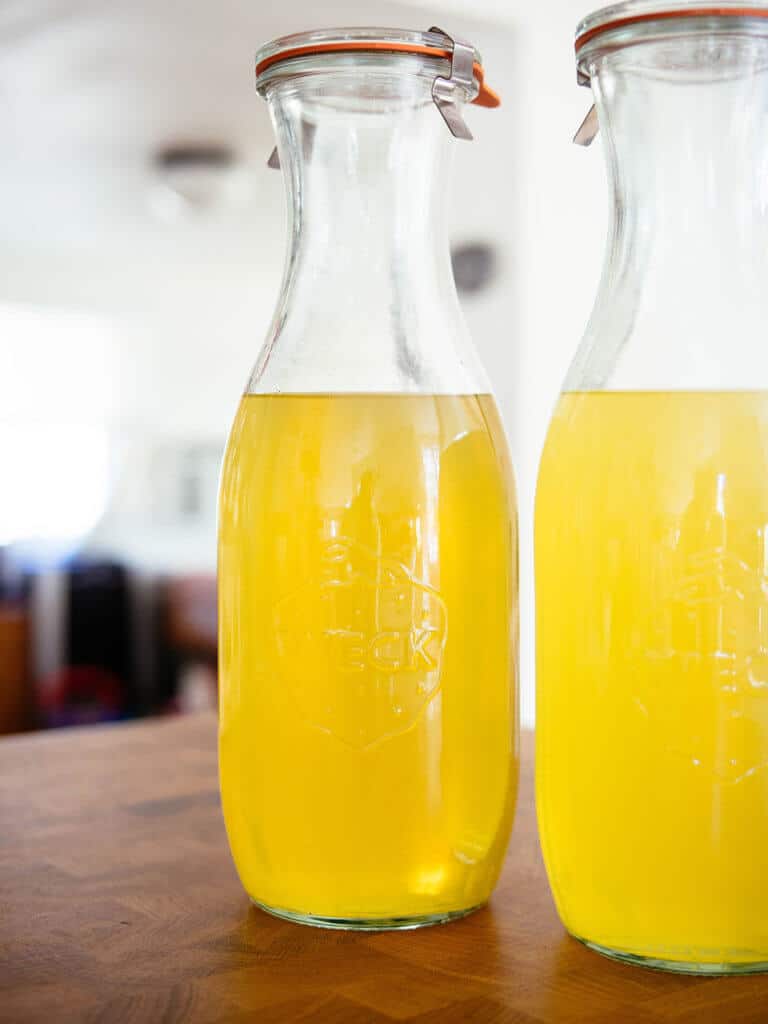
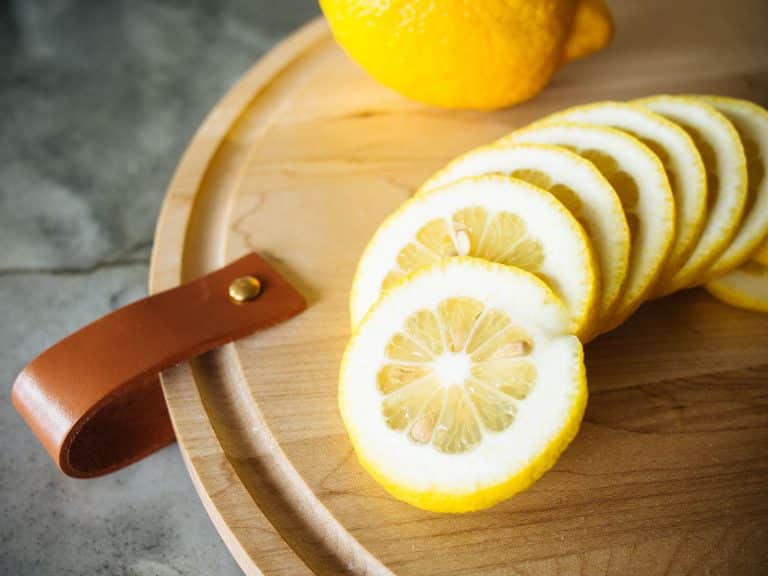

What is the nozzle you use for your garden. I have used a couple that uses the thumb lever like in your images but the ones I’ve used get very stiff within a couple of months and I don’t know why. Have you had this issue? I’ll always be someone who hand waters and this variety of nozzle is the easiest for me but I want to find one I don’t have to replace every summer